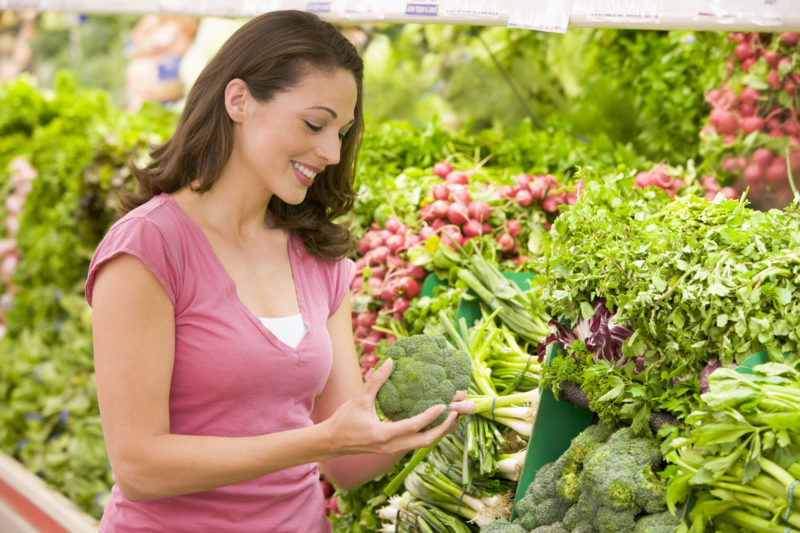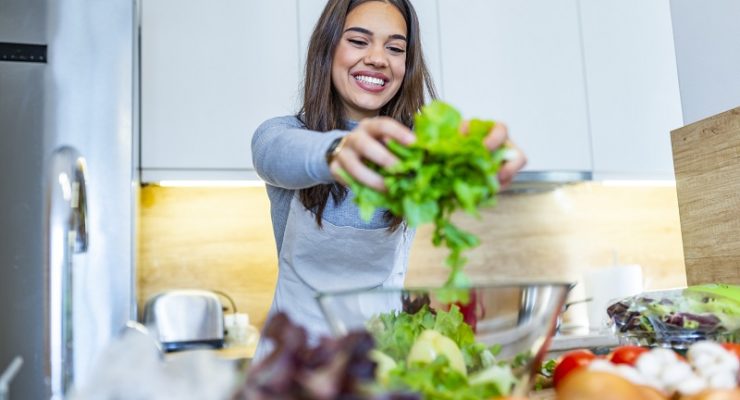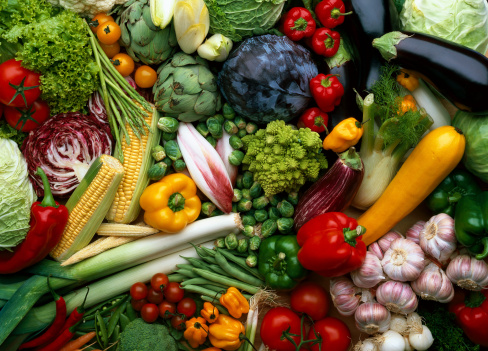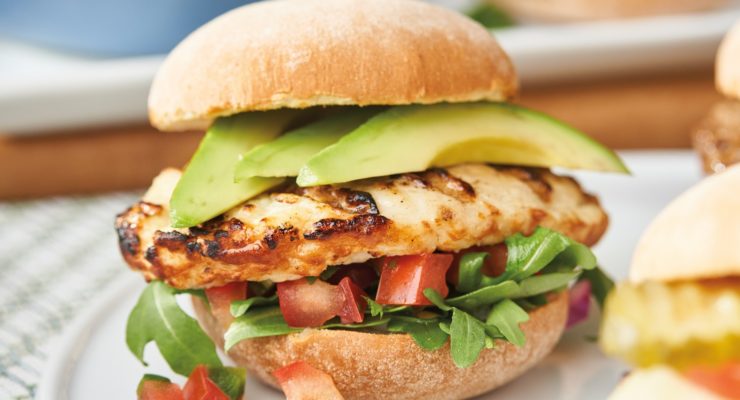Grocery Shopping 101: Your Guide to the Produce Aisle
Article posted in: Nutrisystem for Men
Nutritionally balanced meals and snacks from Nutrisystem are the sturdy foundation of your weight loss plan. They are complemented by the healthy groceries you buy yourself. At the top of your shopping list should be vegetables and fruits from the produce aisle, which provide you with essential vitamins and minerals that keep your body well nourished and your energy levels high.
You almost can’t go wrong when you’re shopping in the produce section of the supermarket because just about every item is a healthy choice. Many are high in fiber, which helps you feel full long after you’ve eaten and ensures healthy digestion. There are, however, differences among vegetables and fruits you should know about so you can make the best selections for you.
Non-Starchy Vegetables
Nutrisystem dietitians recommend that you eat at least four servings of non-starchy vegetables each day, but all of them are “unlimited” so you can feel free to enjoy them whenever hunger strikes. A serving is one cup of raw vegetables or a half cup cooked.
Great Greens
Leafy green vegetables, such as spinach, kale and collards, are the most nutrient-dense foods because they provide you with a high concentration of vitamins and minerals, yet they have very few calories. In general, the darker green the vegetable, the more nutritious it is. Salads are an easy way to get the benefits of fresh greens, but you can also tuck them into sandwiches, wraps, and omelets. Add a handful or two to your favorite fruit smoothie—you won’t taste the greens, but you will get all of the nutrients. Bags of pre-cut and washed greens make it easy to use just as much as you need at a time.
Colorful Favorites
An easy-to-remember guideline of healthy eating is to make your plate as colorful as possible. That’s because each shade has specific nutrients associated it with it. For example:
- Blue, purple and red foods are full of antioxidants associated with keeping the heart healthy and the brain functioning optimally.
- Orange foods are full of beta carotene. The body converts these compounds into the active form of vitamin A, which helps keep your eyes, bones and immune system healthy.
- Red foods, such as tomatoes and watermelon, contain lycopene, a phytochemical that may help protect against prostate and breast cancers.
If you’re pressed for time, check for cleaned and cut vegetables found in the refrigerated cases near the fresh produce shelves or at the salad bar.
Super Sides
You can include even more of these super-healthy foods in your meals when you use them as the base for side dishes. Make mashed “potatoes” with steamed cauliflower or turnips. With a spiralizer or mandoline, you can turn zucchini, beets, and other vegetables into “noodles.” Check if your store, like many others, sells veggie noodles ready to cook. Mushrooms and onions add flavor and valuable nutrients, but few calories, to many dishes.
Starchy Vegetables
A few vegetables that are nutritious also come with a bit more carbohydrates, so you need to pay attention to how much and how often you eat them. They include a few of the most popular foods: potatoes (white and sweet), corn, peas, pumpkin and winter squash. Since they are packed with fiber (when the skin is kept on), they measure low to medium on the Glycemic Index, so they are known as SmartCarbs.
Sweet Fruit
No matter what your taste, you’re sure to find fruit that you enjoy. From apples to berries, oranges to melon, every season brings a fresh selection of juicy, delicious fruit to grocery stores. Today you have more choices than ever, including tropical fruits such as pineapple and mango, and new favorites like kiwifruit and pomegranate, along with peaches, cherries, and other familiar items. Just like with vegetables, you want to eat many different colors of fruit to provide you with the widest array of nutrients. Because fruits are made up primarily of sugar and fiber, they are SmartCarbs—that means you need to watch your portions. A serving in most cases is about one cup of cut-up fruit. Be aware that fruit juice is stripped of fiber and the sugars are more concentrated, so you’ll want to limit yourself to no more than one serving (of a half cup) per day.
Free Foods
The produce department is also where you’ll find items that add flavor but few, if any, calories to your food. To put a little zing in your meals, pick up spices such as garlic and ginger, pungent vegetables including hot peppers and scallions, and fresh herbs. Keep lemons and limes on hand to give chicken and fish, vegetables, and even plain water a tangy twist. The more flavorful your food is, the more satisfying it will be, and the easier you’ll find it to stay on track to your weight loss goals.










